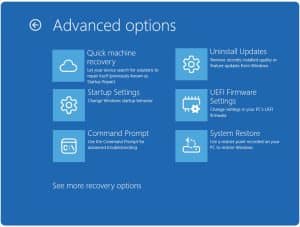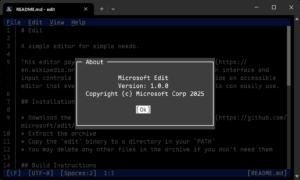The swap area in a GNU/Linux system is an essential component of the operating system’s memory management. It serves as an extension of the physical RAM, allowing the system to offload data to disk when RAM runs out of space. However, deciding how much swap space to allocate can be confusing, as it depends on several factors, such as system usage, installed RAM, and whether hibernation is used. Below, we explore what swap is, its purpose, and recommendations for allocating space effectively.
What Is Swap and What Is It For?
Swap is disk space that acts as virtual memory, allowing the operating system to temporarily move data from RAM to the hard drive or SSD when physical memory is full. This ensures that applications continue to function, albeit at a slower speed, as disk access is significantly slower than RAM access.
The primary uses of swap include:
- Preventing memory shortages: If RAM is fully utilized, the system can use swap to keep running.
- Hibernation support: When a system hibernates, all RAM content is saved to the swap space.
- Handling temporary load spikes: Swap acts as a buffer during high memory usage periods.
Factors Influencing Swap Size
Installed RAM:
- Systems with low RAM (less than 4 GB): Require more swap to compensate for the lack of physical memory.
- Systems with high RAM (16 GB or more): May need less swap, especially if hibernation is not used.
System Usage:
- Desktop: For everyday users, swap serves as a safety net for memory spikes.
- Servers: The amount of swap depends on workload and running services.
- Multimedia editing or scientific computing: These tasks may require significant amounts of RAM, necessitating a larger swap space.
Hibernation Support:
- If hibernation is planned, swap size must be at least equal to the RAM size.
Storage Type:
- HDD: Slower but traditionally used for swap.
- SSD: Faster but prolonged swap usage can reduce its lifespan due to write wear.
General Recommendations for Swap Size
While there is no universal rule, the following guidelines are widely accepted:
| RAM Size | Basic Usage (No Hibernation) | Usage with Hibernation |
|---|---|---|
| Less than 2 GB | 2 GB – 4 GB | Equal to RAM |
| 4 GB | 2 GB – 4 GB | Equal to RAM |
| 8 GB | 1 GB – 2 GB | Equal to RAM |
| 16 GB | 1 GB – 2 GB | Equal to RAM |
| More than 32 GB | 512 MB – 2 GB | Equal to RAM |
Swap Partition vs. Swap File
GNU/Linux allows configuring swap in two ways: as a dedicated partition or as a file within the main filesystem. Each approach has its pros and cons:
Swap Partition:
- Advantages: Stable and easier to manage in traditional setups.
- Disadvantages: Difficult to resize if more or less swap is needed.
Swap File:
- Advantages: Flexible, easily created, resized, or removed.
- Disadvantages: Slightly slower compared to a dedicated partition.
In modern systems, especially desktops and laptops, swap files have gained popularity due to their flexibility.
How to Configure Swap
Creating a Swap File:
Run the following commands:
sudo fallocate -l 2G /swapfile
sudo chmod 600 /swapfile
sudo mkswap /swapfile
sudo swapon /swapfileTo make it permanent, add the following line to /etc/fstab:
/swapfile none swap sw 0 0Configuring a Swap Partition:
Use tools like gparted or fdisk to create a partition, then run:
sudo mkswap /dev/sdX
sudo swapon /dev/sdXReplace /dev/sdX with the appropriate partition identifier.
Conclusion
Allocating the right amount of swap space in GNU/Linux is crucial for maintaining system performance and stability, especially under high memory demands. While the need for swap has decreased with the growing RAM capacities of modern systems, it remains a vital component for devices with limited memory or those using hibernation. Consider your specific needs and system usage to determine the swap size and type that best suit your setup.











